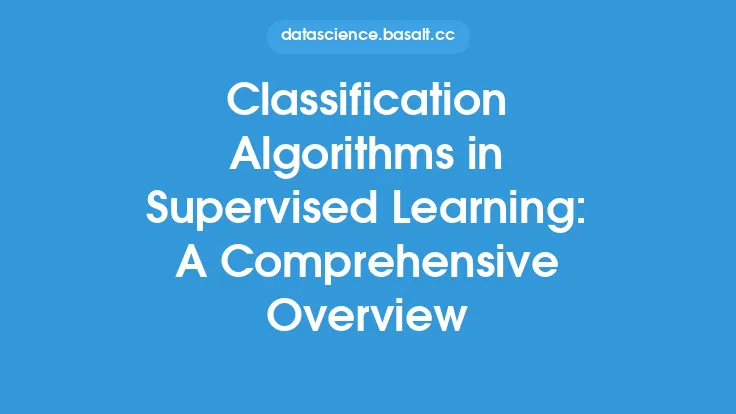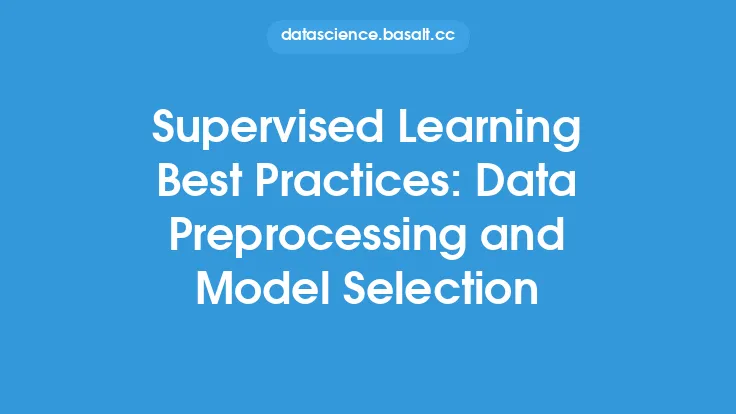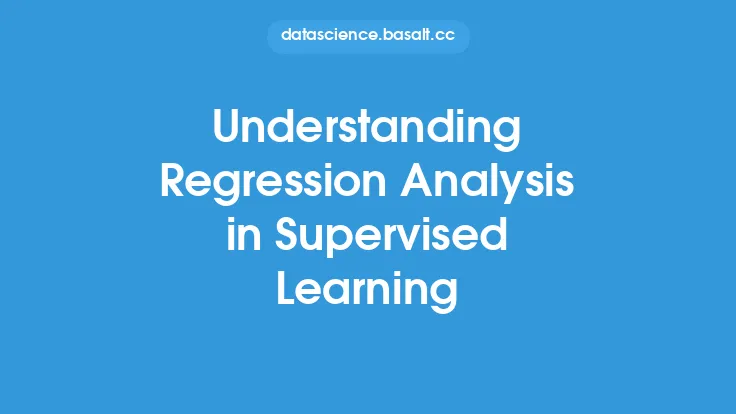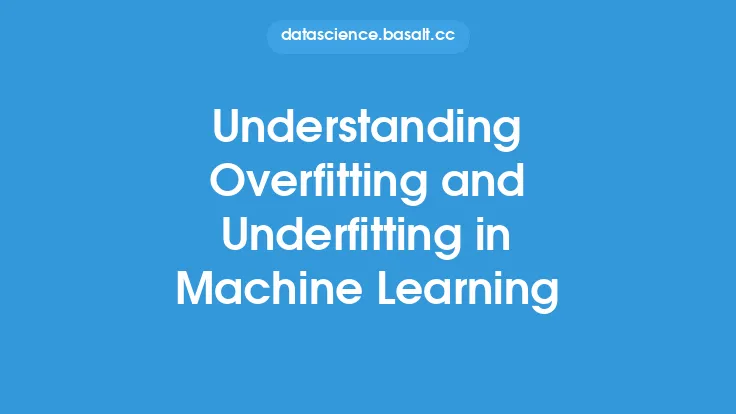Decision trees and random forests are two of the most popular and powerful supervised learning algorithms used in machine learning. These algorithms have been widely used in various applications, including classification and regression tasks, due to their simplicity, interpretability, and high accuracy. In this article, we will delve into the details of decision trees and random forests, exploring their underlying concepts, strengths, and weaknesses.
Introduction to Decision Trees
A decision tree is a tree-like model that uses a series of if-then statements to classify data or make predictions. It works by recursively partitioning the data into smaller subsets based on the values of the input features. Each internal node in the tree represents a feature or attribute, and each leaf node represents a class label or prediction. The decision tree algorithm works by selecting the best feature to split the data at each node, using a measure such as information gain or Gini impurity. The algorithm continues to split the data until a stopping criterion is reached, such as when all instances in a node belong to the same class.
How Decision Trees Work
The decision tree algorithm consists of several steps:
- Root Node Selection: The algorithm starts by selecting the best feature to split the data at the root node.
- Splitting: The data is split into two or more subsets based on the values of the selected feature.
- Recursion: The algorithm recursively applies the same process to each subset of data, selecting the best feature to split the data at each node.
- Stopping Criterion: The algorithm stops when a stopping criterion is reached, such as when all instances in a node belong to the same class.
- Prediction: The final prediction is made by traversing the tree from the root node to a leaf node, using the feature values to determine the path.
Advantages and Disadvantages of Decision Trees
Decision trees have several advantages, including:
- Interpretability: Decision trees are easy to interpret and understand, as the decision-making process is transparent.
- Handling Missing Values: Decision trees can handle missing values by using surrogate splits or imputing the missing values.
- Handling Non-Linear Relationships: Decision trees can handle non-linear relationships between features and target variables.
However, decision trees also have some disadvantages, including:
- Overfitting: Decision trees can suffer from overfitting, especially when the trees are deep.
- Instability: Decision trees can be unstable, as small changes in the data can result in large changes in the tree structure.
Introduction to Random Forests
A random forest is an ensemble learning algorithm that combines multiple decision trees to improve the accuracy and robustness of predictions. The random forest algorithm works by training multiple decision trees on different subsets of the data, using a technique called bagging. Each decision tree is trained on a bootstrap sample of the data, and the final prediction is made by taking a vote across all the trees.
How Random Forests Work
The random forest algorithm consists of several steps:
- Bootstrap Sampling: A bootstrap sample of the data is selected, with replacement.
- Decision Tree Training: A decision tree is trained on the bootstrap sample of data.
- Feature Selection: A random subset of features is selected at each node, to reduce the correlation between trees.
- Prediction: The final prediction is made by taking a vote across all the trees.
- Error Estimation: The error is estimated using the out-of-bag (OOB) error, which is the error estimated using the samples that are not in the bootstrap sample.
Advantages and Disadvantages of Random Forests
Random forests have several advantages, including:
- Improved Accuracy: Random forests can improve the accuracy of predictions, by reducing overfitting and increasing the robustness of the model.
- Handling High-Dimensional Data: Random forests can handle high-dimensional data, by selecting a random subset of features at each node.
- Handling Missing Values: Random forests can handle missing values, by using surrogate splits or imputing the missing values.
However, random forests also have some disadvantages, including:
- Computational Cost: Random forests can be computationally expensive, especially for large datasets.
- Interpretability: Random forests can be difficult to interpret, as the decision-making process is not transparent.
Comparison of Decision Trees and Random Forests
Decision trees and random forests are both popular supervised learning algorithms, but they have some key differences:
- Accuracy: Random forests tend to be more accurate than decision trees, especially for complex datasets.
- Robustness: Random forests are more robust than decision trees, as they can handle missing values and outliers.
- Interpretability: Decision trees are more interpretable than random forests, as the decision-making process is transparent.
- Computational Cost: Decision trees are less computationally expensive than random forests, especially for large datasets.
Real-World Applications of Decision Trees and Random Forests
Decision trees and random forests have been widely used in various real-world applications, including:
- Credit Risk Assessment: Decision trees and random forests have been used to assess credit risk, by predicting the likelihood of default.
- Medical Diagnosis: Decision trees and random forests have been used to diagnose diseases, by predicting the likelihood of a disease based on symptoms and test results.
- Customer Segmentation: Decision trees and random forests have been used to segment customers, by predicting the likelihood of a customer responding to a marketing campaign.
- Image Classification: Decision trees and random forests have been used to classify images, by predicting the likelihood of an image belonging to a particular class.
Conclusion
Decision trees and random forests are two of the most popular and powerful supervised learning algorithms used in machine learning. While decision trees are simple and interpretable, random forests are more accurate and robust. By understanding the strengths and weaknesses of each algorithm, practitioners can choose the best algorithm for their specific problem, and improve the accuracy and robustness of their predictions.





